Cinemacon - CinemaCon 2025: A Cinematic Marketplace in Motion – Exploring the Heartbeat of the Trade Show Floor
By Mulder, Las Vegas, Caesars Palace, 03 april 2025
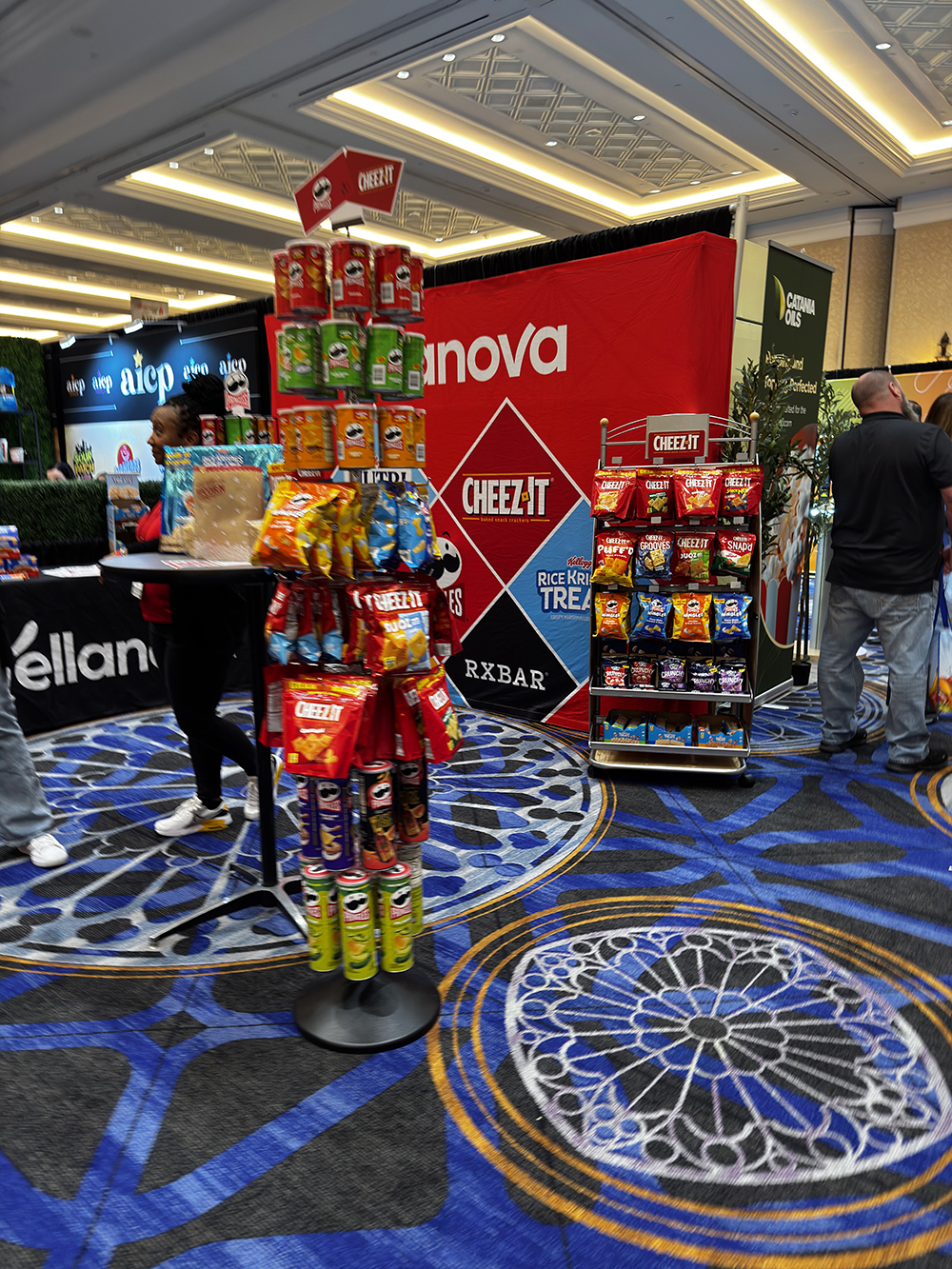
While the glitz of studio presentations and the allure of star-studded panels often dominate headlines, the true engine behind CinemaCon's enduring success lies deeper—in the vibrant, pulsating core of its trade show floor. CinemaCon 2025, hosted once again at the iconic Caesars Palace in Las Vegas, transformed the sprawling conference halls into a thriving cinematic marketplace. For four days, from March 31 to April 3, the venue became a labyrinth of innovation, design, and business-to-business engagement. More than 500 exhibitors from across the globe showcased their latest contributions to the cinematic experience—from plush recliners and immersive projection systems to gourmet concession solutions and cutting-edge ticketing platforms. It wasn’t just a trade show—it was a tactile, interactive vision of the future of moviegoing.
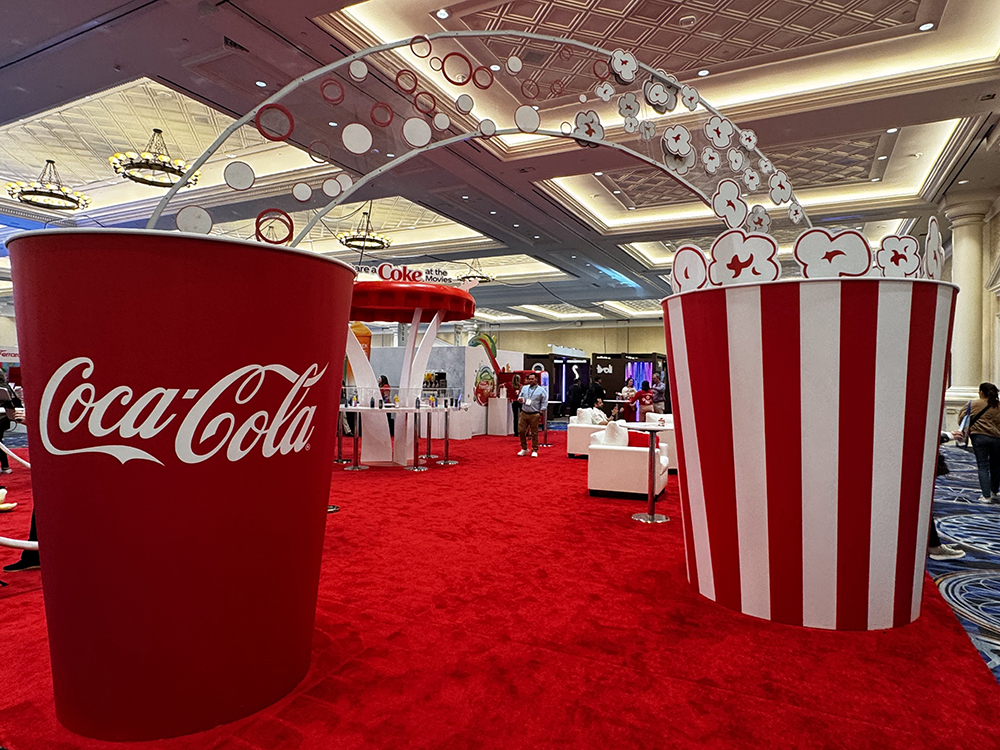
This year’s layout sprawled across multiple levels of the palace's convention center, and the design of the booths was as much a competition in creative storytelling as it was a showcase of products and services. Industry stalwarts like Christie, Dolby, and GDC Technology built experiential spaces that invited attendees not just to browse but to feel and interact. Christie’s suite of laser projectors was displayed in a darkened screening pod, allowing buyers to see first-hand the difference in brightness, color depth, and motion clarity. Dolby created an ambient sound tunnel to highlight its Atmos system, where the crispness and spatial precision of the audio turned a simple walk-through into a sensory spectacle. These immersive installations allowed theater owners, tech buyers, and exhibitors to not only observe but genuinely understand the quality of the experience being promised.
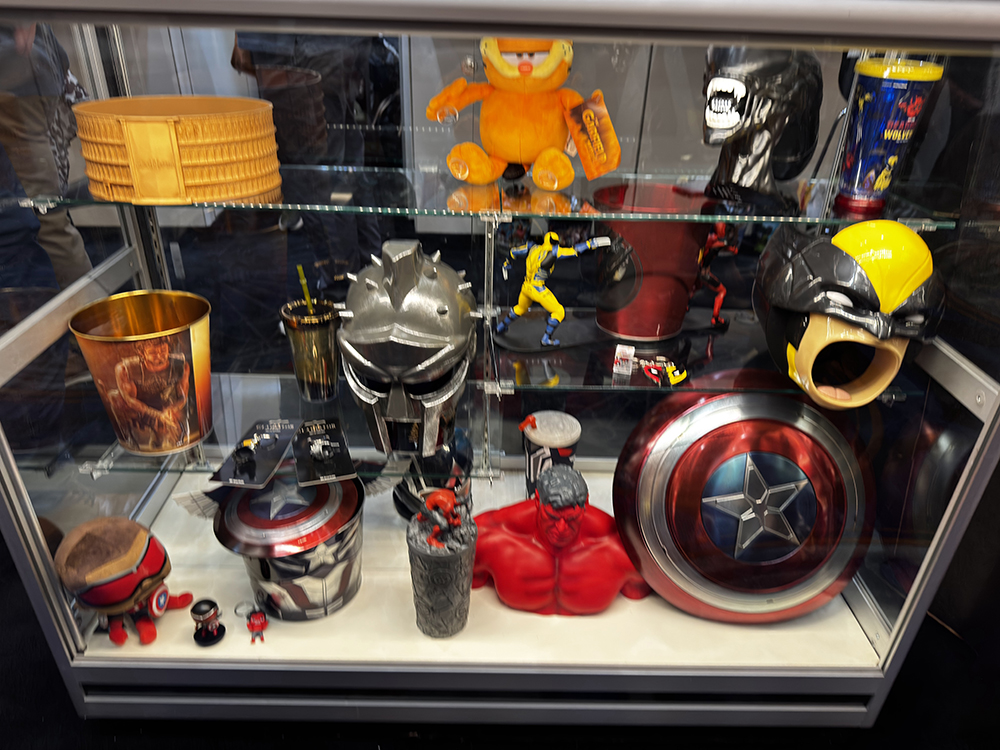
Beyond the giants, a robust contingent of smaller, niche vendors brought a refreshing layer of innovation. Seating companies such as Atom Seating, Inorca, and Ferco dazzled with sleek new models of ergonomic recliners—many of which now feature integrated heating, USB ports, and even motion synchronization to match on-screen action. Attendees lounged, tested, reclined, and evaluated each product as though they were patrons themselves. Meanwhile, concession technology companies showcased modular popcorn machines that use less oil and produce faster output, along with candy walls and customizable soda bars aimed at modernizing the concession stand into an artisanal, Instagram-friendly destination. Vendors such as Vista Group and Agile Ticketing Solutions focused on the digital frontier, showcasing integrated POS and mobile apps designed to optimize the theatergoing experience from ticket purchase to post-screening loyalty rewards.
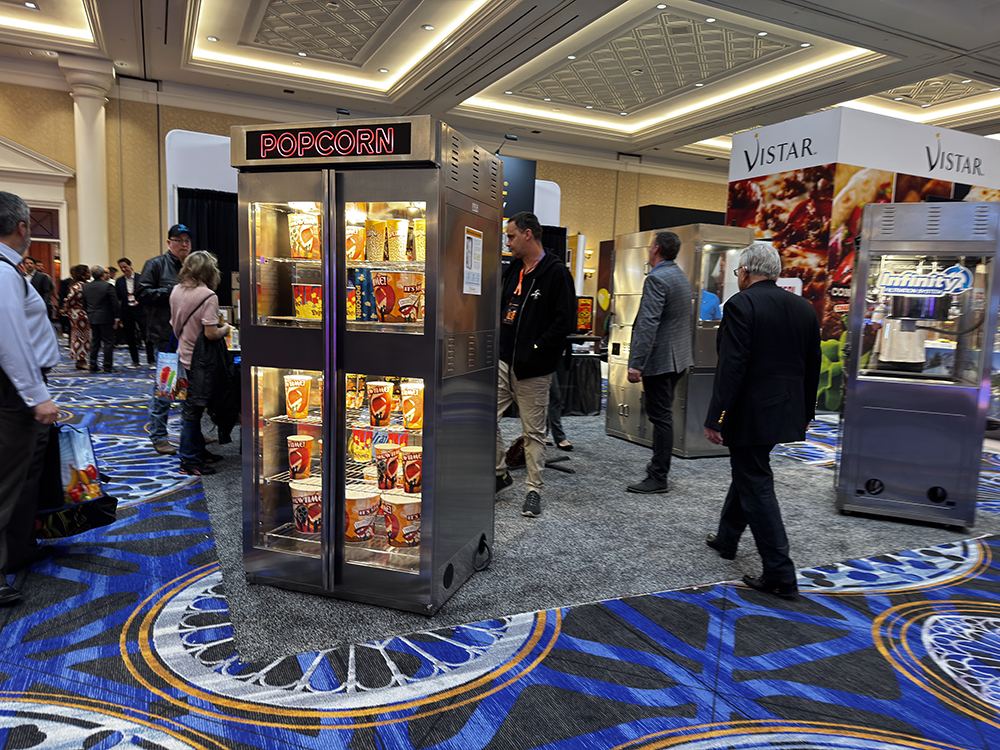
In a trade floor filled with tangible innovations, perhaps one of the most striking themes was the increasing intersection of cinema and personalization. Multiple booths focused on data-driven audience engagement tools. Startups demonstrated AI-based analytics that help theaters tailor programming to local tastes or predict box office performance based on real-time social sentiment analysis. These weren’t hypothetical systems; they were tested tools ready for rollout, offering independent theaters and large chains alike the potential to turn granular data into actionable strategies. The idea of the theater as a static entertainment venue is giving way to a dynamic, responsive environment—and the trade show floor made that vision feel within reach.
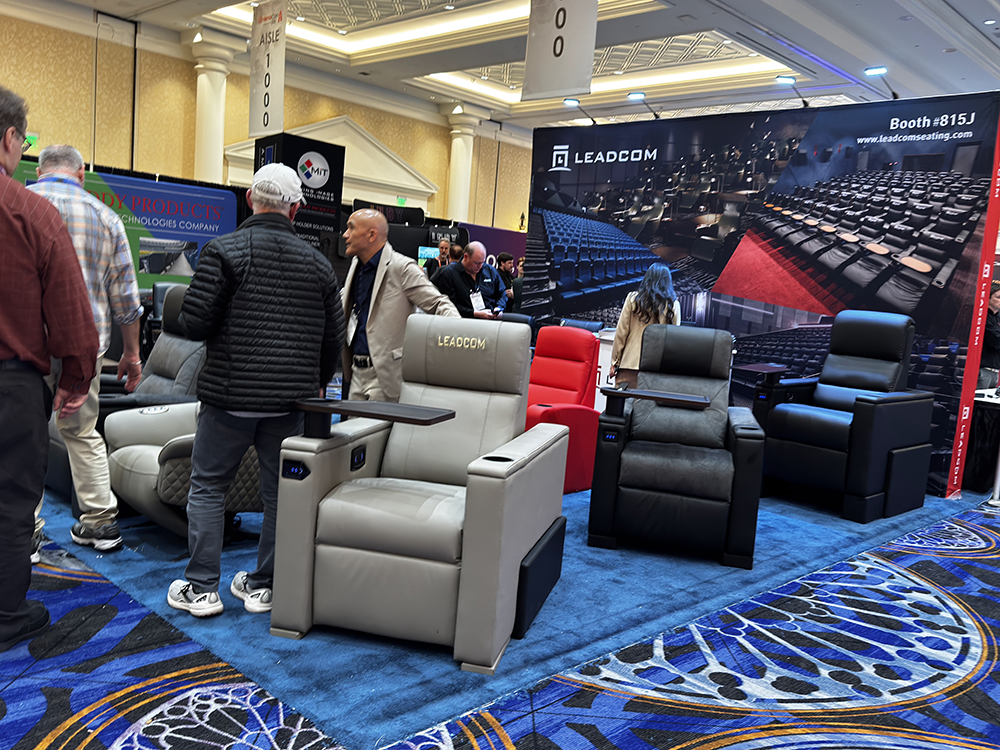
The design of the booths themselves revealed a deep understanding of presentation psychology. Exponents and other exhibit design firms partnered with vendors to create modular, aesthetically captivating spaces that combined bold lighting schemes, interactive screens, and even hospitality lounges. The result? Every corner of the show floor felt like a curated, cinematic experience in itself. Attendees weren’t simply navigating a grid of products—they were meandering through micro-universes, each one tailored to evoke curiosity, delight, and business confidence. The Marvel Adventure Lab’s photo booth, for instance, offered a tongue-in-cheek reprieve where visitors could pose as comic book characters and take home branded memorabilia. Though lighthearted, installations like this subtly demonstrated how experiential design is creeping into all areas of cinema—from lobbies to restrooms to in-seat service.
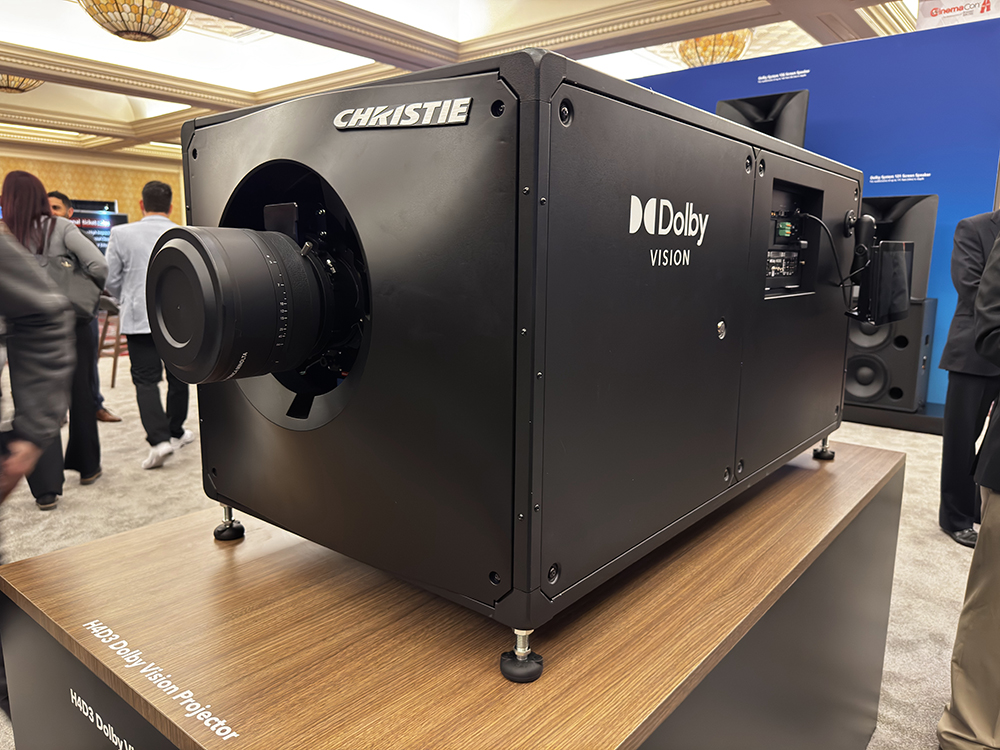
What was most striking across all the booths was the prevailing optimism. Unlike the tentative energy that followed pandemic disruptions in previous years, the 2025 edition carried a sense of purpose. Vendors were no longer reacting to survival—they were innovating for growth. Every booth, every handshake, every demo was underpinned by a clear message: the theatrical experience is far from obsolete. Instead, it’s entering a new era defined by elevated standards, integrated technology, and a commitment to personalization and quality. The tone wasn’t about competing with streaming—it was about offering something that streaming simply can’t replicate.
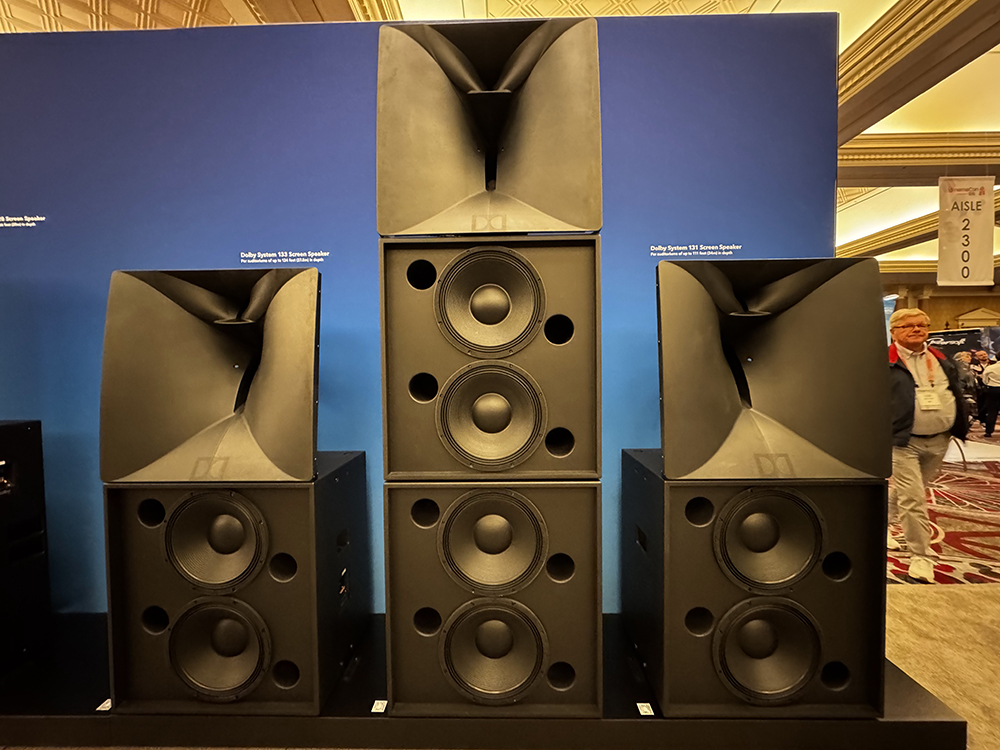
CinemaCon 2025’s trade show floor wasn’t just a business hub. It was a barometer of where theatrical exhibition is headed. From luxury seats to AI-powered programming, from gourmet concessions to sustainability-focused design, the booths told a story of renewal and reinvention. For the thousands of industry professionals who walked its aisles, struck deals, or simply took a moment to sink into a heated recliner with surround sound playing around them, one thing was abundantly clear: the future of cinema is being built now, booth by booth, on a showroom floor in Las Vegas.
You can discover our selection of photos on our official Flickr page
Photos : Boris Colletier / Mulderville

